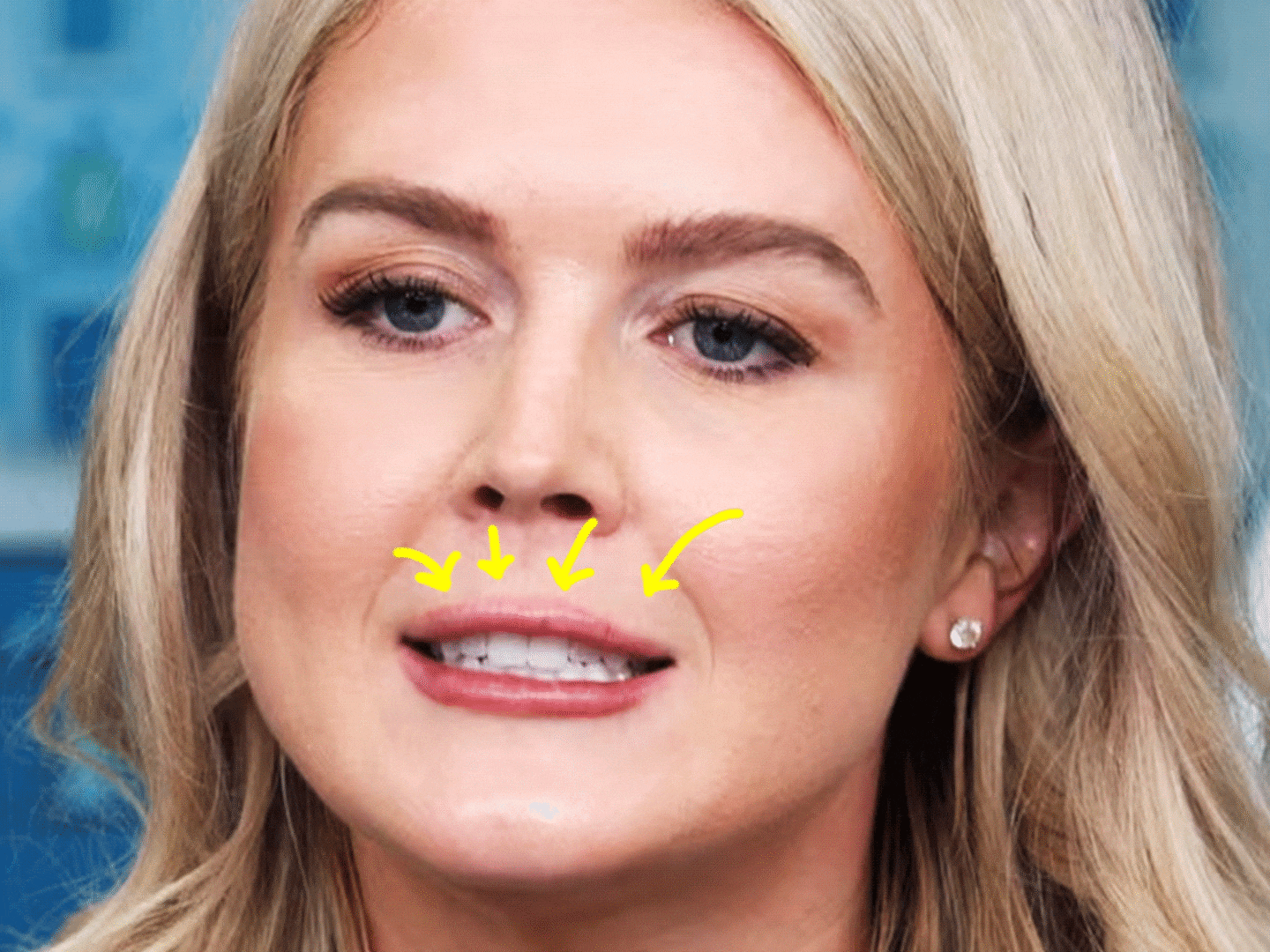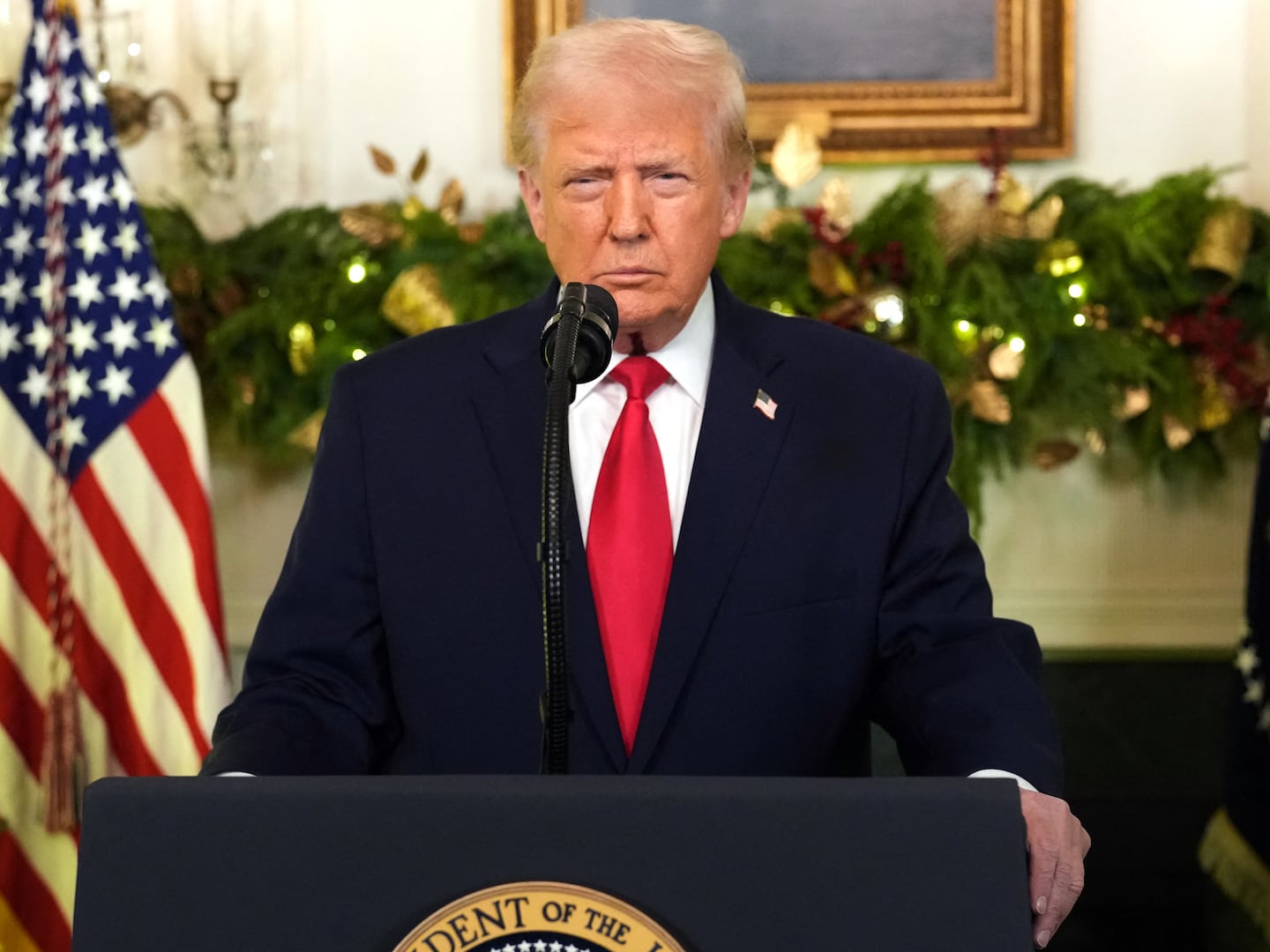
If you want to get a French vintner’s pantaloons in a bunch, ask the question, "Aren't all sparking wines Champagne?” It’ll surely do the trick. In the world of food and beverage, every country has certain hot topics that make the natives want to grab a white glove, slap it lightly across their offender's face, and say, "Sir, I challenge you to a duel."
Champagne is one of those topics for French people (as is cheese, olives, bread, and cooking in general, to name a few). But our country is still attempting to make up for that whole Freedom Fries gaffe, not to mention George W. Bush, so if we can come across as un peu, educated on the whole Champagne vs. sparkling wine thing, it would be a nice gesture.
“Champagne has long been regarded as a real barometer of the economy.”
The Champagne Bureau, formerly the Office of Champagne, U.S.A., states clearly, "There are many fine sparkling wines, but only those originating in the chalky hills of Champagne, France, can bear that region's name." And, French law mandates that all sparkling wines made in Champagne must be made by a special process called the méthod champenoise, which involves fermentation in small bottles instead of huge tanks. The Comité Interprofessionel du Vin de Champagne oversees an exhaustive set of rules and regulations to protect the region's economic interests. The rules delineate suitable growing places; grape types (only Pinot Noir, Pinot Meunier, and Chardonnay, or a blend thereof); and a comprehensive set of requirements about how the grapes must be grown, harvested, and pressed. Only when a wine meets these requirements may it carry the label Champagne.
In the U.S., however, while the government recognizes the exclusive nature of this name, a loophole in the law allows for some longtime domestic producers of sparkling wine to continue to use the term "Champagne." This obviously infuriates the Champagnois. The Champagne Bureau says that in fact more than 47 percent of bottles labeled Champagne in the U.S. do not actually come from Champagne, France. On their Web site, they present a petition that defends their PDO (Protected Designation of Origin): JOINT DECLARATION TO PROTECT WINE PLACE & ORIGIN.
Champagne is often quite pricey, and the past decade of economic growth made the demand, and naturally the prices, soar. Now, in this economy, not so much. Around the world, Champagne sales fell 34 percent during the first two months of 2009. And in the United States, sales plummeted 42 percent, according to the Comité Interprofessionnel du Vin de Champagne. Individual Champagne houses corroborated these stats: Moët Hennessy Louis Vuitton, the makers of Dom Pérignon, said sales dropped 35 percent in the first quarter of 2009 compared with 2008, and Laurent-Perrier saw profits plummet more than 40 percent in the last year.
Champagne has long been regarded as a real barometer of the economy, and with good reason. Consumer spending declined 60 percent from late October to January; many mislabeled domestic "champagnes" eat into the sales of actual Champagne; and clearly there's a dearth of celebratory occasions like mergers, deal closings, bonuses, and office parties. And people are feeling less inclined to be seen slipping a flute of bubbly in a restaurant, as looking financially comfortable and carefree is sort of out of style at the moment.
But what about the rest of the bubblies? Can we still have our bubbles, but not pay out the nose? The answer is absolutely yes. Once you leave the Champagne region of France, there are lots of fizzy wines to be had, and some bargains to be found. Sparkling wines outside of Champagne may still be made with the méthod Champenoise, but the bubbles might also come as a result of result of carbon dioxide injection, or simply a different fermentation process, outside of the smaller bottles. You'll find Cava from Spain, Prosecco or Asti from Italy (the generic Italian term for sparkling wine is Spumante), Sekt in Germany and Austria, and Cap Classique from South Africa. England, which actually produced some of the very first documented sparkling wines, has started producing Champagne-style wines again. And the United States is a significant producer of sparkling wine; some French Champagne houses have opened wineries here to make American sparkling wine according to the Champagne method. Sparkling wine is usually white or rosé, but there are some amazing sparkling reds, such as Italian Brachetto and Australian sparkling Shiraz.
Are they as good as Champagne? Different? And perhaps most importantly, what can you afford these days?
Lorena Ascencios, head buyer at Astor Wines & Spirits in New York City, has some answers. Real Champagne is, as suspected, pricier than sparkling wines from other places. But if it’s authentic Champagne you are craving, one smart tactic is to get off the beaten Champagne track, and go to smaller grower-producers who don't have to bump up their prices to compensate for inflated marketing budgets, so you are spending all your money on the quality of the wine. These are the real farmers of France, and in this case, of the Champagne region. "These guys are the ones making Champagne from A to Z, growing the grapes, storing them, pressing them, fermenting the wine, all of which is incredibly demanding and expensive," says Ascencios. Do they make the best Champagne? "Yes, 100 percent," she says. "And from a buyer's perspective, we want a story and tradition." Keeping the little guys in business is what makes the whole world of wine go round. And it turns out that glossy ad campaigns don’t make a wine taste any better. Also, for Champagne, the whole vintage/non-vintage thing is a bit misleading. One is not better than the other; the wine is either from one year's grapes or a series of vintages.
Ascencios also cheerfully announced that in her house, sparkling wines are sipped throughout dinner, and that those of us who think of it only for toasts or celebrations are missing the boat. From the hundreds of choices out there, here are five sparklers—two from Champagne, three from other parts of the world—that Ascencios thinks are great wines, at good prices, and here's why she likes them.
2 Champagnes:
1) Blanc de Blancs 1er Cru, Voirin-Jumel, $31.99 Grape variety: Chardonnay This full-bodied all-Chardonnay Champagne is made in a fresh and friendly style, with bright fruit notes of bright orchard fruits, a light yeastiness, and a slight minerality on the finish. It smells like you're at sea: pure iodine and shellfish (it's amazing). Oysters and any shellfish will work well. This would be great with white meat and cream sauces (think chicken pot pie). This is a non-vintage Champagne from a grower-producer that should age nicely.
2) Jacques Chaput et Fils, Brut Tradition, $29.99 Grape Variety: Chardonnay, Pinot Noir "Very berried but still dry," and simpler in style than the first, but very well priced. Based on Pinot Noir, it gives rich berry aromas alongside brioche, quince, and pears. A more accessible type of Champagne, it works really well with just about anything salty like aged gruyère or a platter of cured meats. Can easily pair with any poultry and pork too.
The other sparklers:
3) Prosecco Brut, Scu Dò, $8.99 Grape Variety: Prosecco This is the bestselling sparkler at Astor Wines & Spirits. Prosecco has long been a favorite alternative to Champagne, and this delicious bottle is a perfect reminder of why. Light, dry, subtly citrusy, and endlessly drinkable, Scu Dò comes to us from a collection of small independent growers in Northern Italy's Valdobbiadene, a subregion of the Veneto. Ascenios says it’s some of the best bubbly on the market. This sparkler pairs nicely with a tangy, salty, creamy cheese such as La Tur cheese from the Piedmont region of Italy. A great pairing with any antipasto dishes from cured oily olives, meatballs, salami, and mortadella, to any breads. It has a nice little foam, a kind of toasty flavor, citrusy, just beautiful. You can't beat it for the price.
4) Savia Viva, Cava Brut, $8.99 Grape Variety: Macabeo Parellada Xarel-lo A non-vintage Cava from the Penedès region of Spain. A lighter style, very clean and very pretty, this Cava is laced with soft aromas of fresh lime zest and goes perfectly with spicy foods. It's organic, too, which is "the cherry on the cake," according to Ascencios. It goes well with seafood because it comes from a seafood region just outside of Barcelona—this is the terroir part coming into play.
5) Riesling Sekt Halbtrocken "Eleonora", Christophe von Nell, 2002, $12.99 Grape Variety: Riesling Ascencio really felt this one to be an unsung hero, and a real steal. This is the non-dry option she presented: a vintage (2002) Sket from Mosel-Saar-Ruwer, Germany. This is from a tiny producer (if it was a French wine, the producer would be categorized as a grower-producer, but that label doesn't get used outside of France). The wine is made from a Riesling grape, and has some color, a hint of sweetness, and is very unusual. It has an earthiness to it that pairs nicely with mushrooms or other earthy flavors, and it also works well with anything spicy. Because you might not want to sip this one throughout an entire meal, it would be a nice starting wine with appetizers. A nice match would be Foie Gras. The slight sweetness paired alongside something so rich and salty is a natural.
Plus: Check out Hungry Beast, for more news on the latest restaurants, hot chefs, and tasty recipes.
Katie Workman is the editor in chief and chief marketing officer of Cookstr.com, a Web site devoted to great, tested recipes from chefs and cookbook authors. She writes about food for various blogs and Web sites. Katie is on the board of City Harvest, and actively involved in Share Our Strength. She lives in New York City with her husband her two boys, ages 6 and 9.






